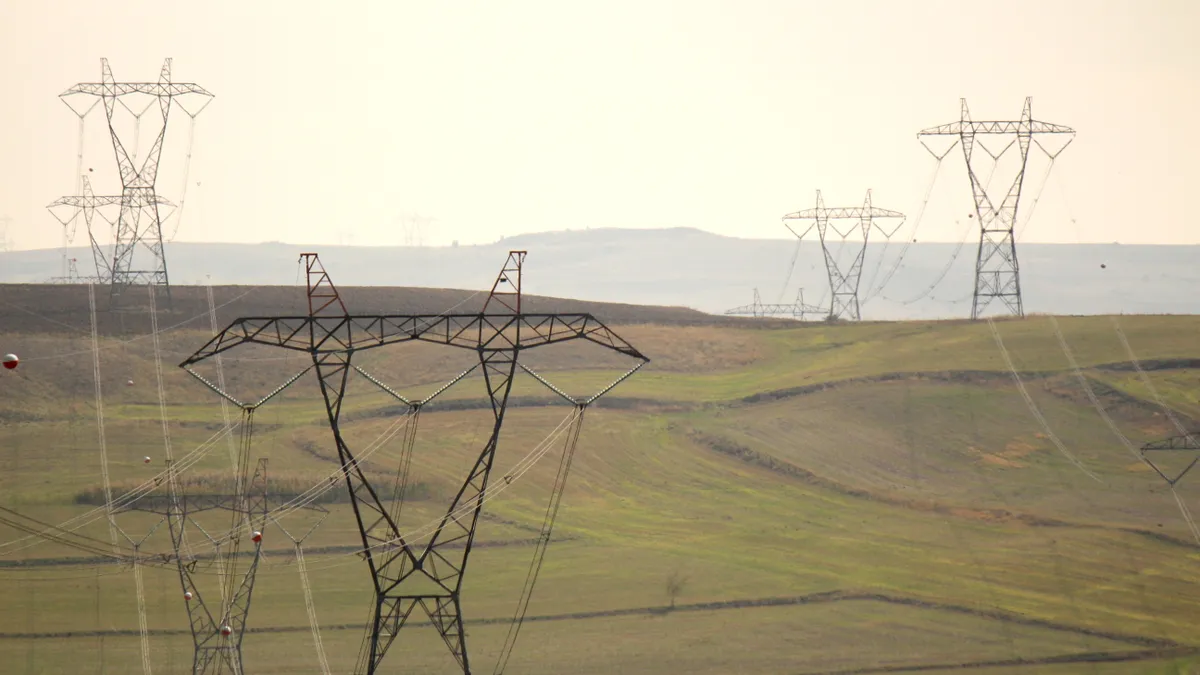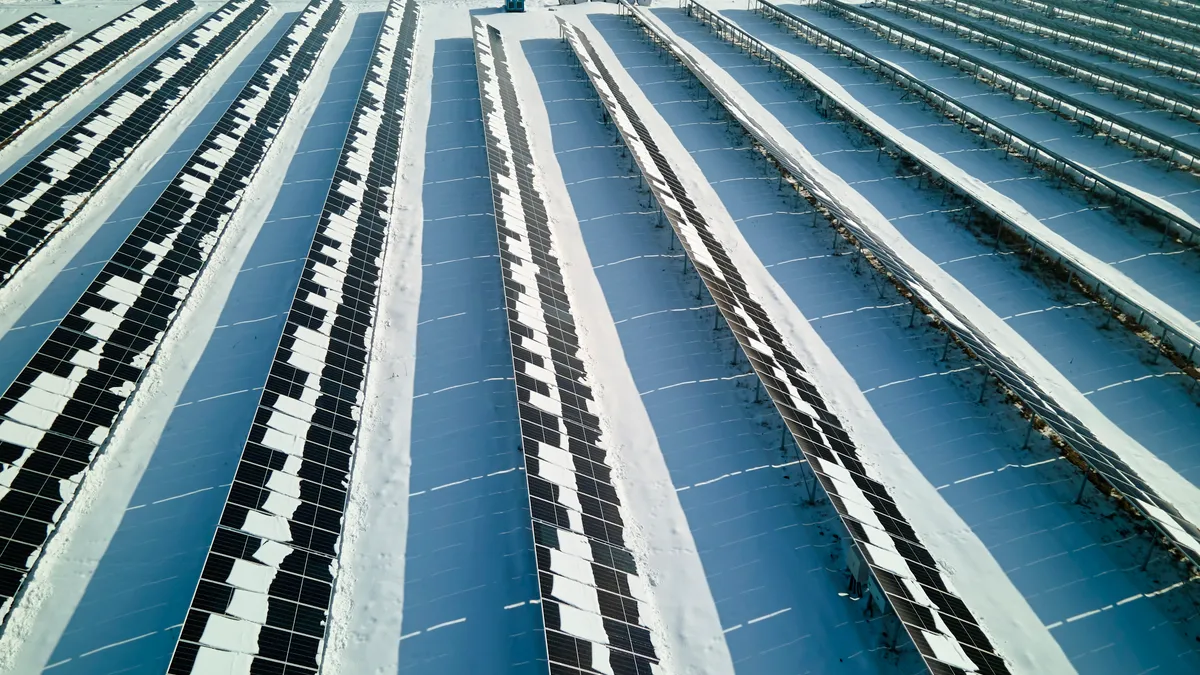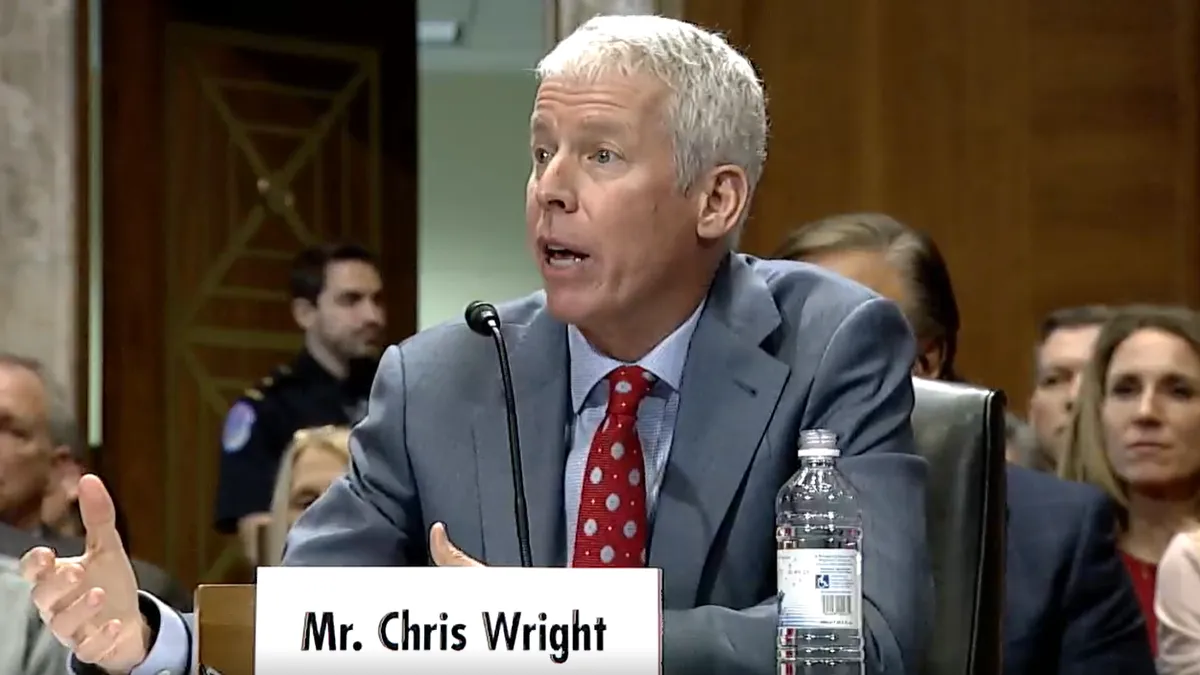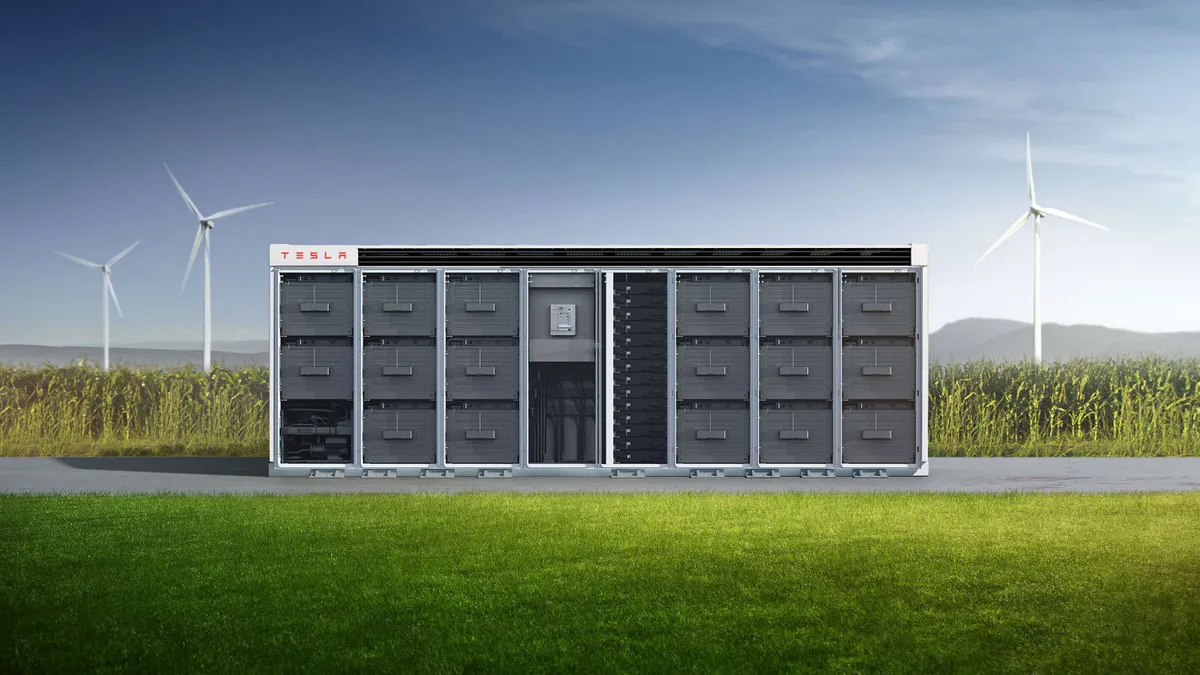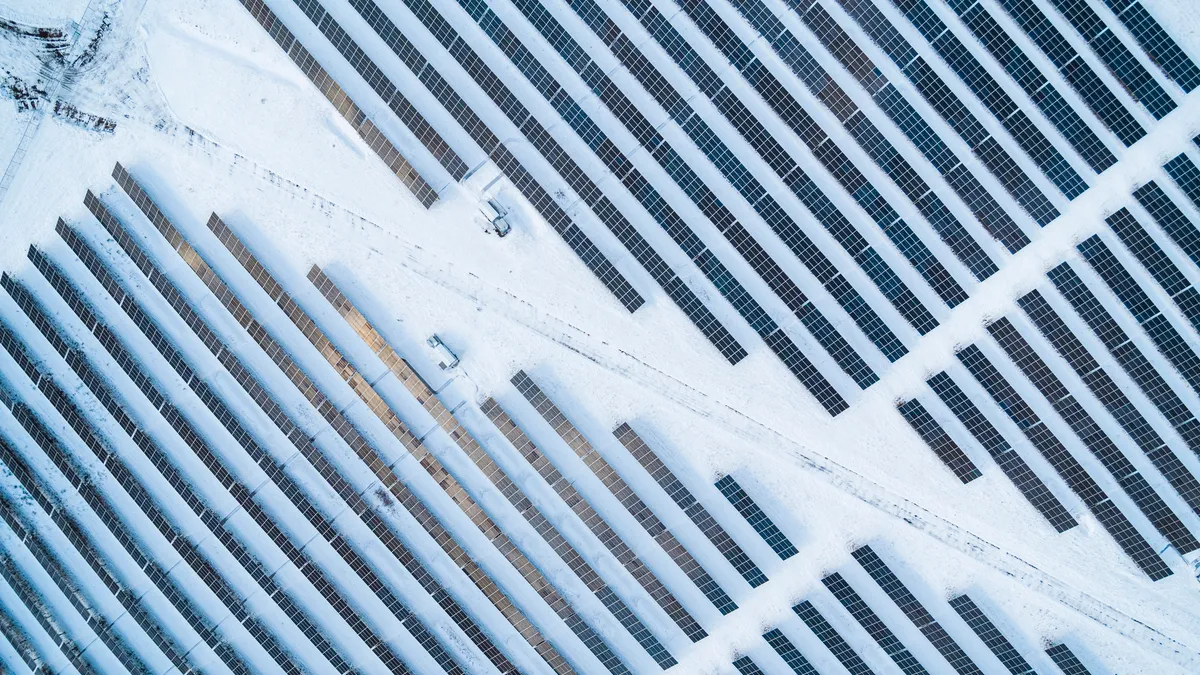Two roads are diverging for utilities. One leads to huge opportunities if they take the initiative to transform the grid and their business models. The other road leads to upward spiraling prices, massive load defection, and customers learning to live mostly without utilities.
At least, that's the message from a new study from the Rocky Mountain Institute, Cohn Reznick, and Homer Energy.
“We see an urgency to do things like rate structures that send price signals about distributed resources,” said RMI Electricity Practice Principal James Mandel. “Customers are going to make the investments anyway, but without the right price signals they will make them in a way that serves their own best interests instead of a way that serves system-level best interests.”
With a utility business model that accurately values them, distributed energy resources [DERs] like solar PV plus batteries "can potentially lower system wide costs while contributing to the foundation of a reliable, resilient, affordable, low-carbon grid of the future,” explains RMI’s new study, "The Economics of Load Defection."
But, if utilities plan for the future of distributed generation poorly and infrastructure is built on both sides of the meter, the costs could be significant for utilities, Mandel said.
The cost of not changing
“Between 2010 and 2030, the grid will require up to an estimated $2 trillion in investment, or about $100 billion per year,” the study reports. With today’s utility business model, those costs are primarily recovered through customers’ electricity bills in kilowatt-hour charges.
But grid-connected solar-plus-battery systems will become economic for significant numbers of customers by the mid-to-late-2020s, RMI’s analysis shows.
That means “[t]he magnitude of potential kWh defection from the grid is large," the study finds.
In only 15 years, RMI research shows, load defection by 9.6 million residential customers in just the Northeastern states could be approximately 58 million megawatt-hours (MWh) annually. Valued at an estimated $15.4 billion, that would be about half the projected utility residential energy sales.
Some 1.9 million Northeastern states commercial customers would likely defect, RMI finds, representing approximately 83 million lost MWh. At an estimated $19.4 billion, that would be some 60% of utility commercial energy sales.
The basic analysis did not consider any export value provided to solar-plus-storage systems by policies like net energy metering (NEM) or value of solar tariffs, added RMI Electricity Practice Manager and report co-author Leia Guccione. But a limited analysis included NEM’s export value.
“With NEM, it was almost never economical to add a battery to the solar because the grid is used as a battery,” Guccione said. “Even when battery costs become much lower, there will be only minimal or no economic advantage to have batteries if NEM is included.”
The fork in the road
“The electricity system is at a metaphorical fork in the road,” the study says. “Down one path are pricing structures, business models, and regulatory environments that favor non-exporting solar and solar-plus-battery systems. When economic and other conditions reach the right tipping point, this trajectory favors true grid defection.”
But there is a better choice if utilities, regulators, and renewables advocates work together on price structures and regulations that support business models “in which distributed energy resources such as solar PV and batteries — and their inherent benefits and costs — are appropriately valued as part of an integrated grid.”
In that kind of environment, “grid and customer-side resources work together as part of an integrated grid with far more efficient deployment of capital and physical assets.”
Decisions being made today will determine which way the electricity delivery system goes. It will happen in three phases.
In the now-ongoing experimental first phase, the cheapest electricity is only available from the grid. But early adopters and technology providers are experimenting with solar-plus-battery systems to test reliability.
Except in Hawaii, where the largely oil-powered grid’s high electricity rates already make solar-plus-battery systems cost-effective, utilities and regulators still have a long “runway” to figure out what kind of economics and business models will capture the value of DERs.
In phase two, solar-plus-battery systems will be as cost-effective as grid-supplied electricity and adoption will increase. It is the ideal time for stakeholders to begin developing ways to share DERs’ values.
In phase three, the cost of grid-supplied electricity will be high enough across the country that solar-plus-storage will be able to cost-effectively serve a customer’s entire load.
“Grid defection becomes a viable choice,” the study reports. “Such compelling customer-facing economics make it especially urgent for utilities and regulators to adapt to this new market environment.”
Five case studies for defection
“We looked at five geographies. Westchester County, New York, and Los Angeles represent metropolitan areas with high electricity rates. San Antonio, Texas, and Louisville, Kentucky, still have relatively low rates. Hawaii’s economics are there today,” Mandel said.
In the NY and LA areas, phase two begins when levels of self-generation increase and residential customer purchases of electricity from the grid start falling below 50% by around 2026. Mandel said.
“For both, there are dramatic decreases in grid purchases as those economics play out and, depending on whether it is LA or Westchester and whether it is residential or commercial, solar plus storage starts to be the dominant source of electricity by the late 2020s and early 2030s,” Mandel said.
“In areas like San Antonio and Louisville, lower electricity prices slow the transition and load defection to the late 2030s and early 2040s.”
What utilities can do about defection
Utilities and regulators need to “act quickly on three fronts” to adapt the electricity delivery system to this coming future, the researches suggest.
First, they need to evolve today’s “overly simplistic” pricing and rate structures for 21st century needs by recognizing:
- The locational value of DERs with the “electric grid equivalent of congestion pricing or incentives”
- The temporal value of DERs with more and more specific time-of-use pricing and real-time pricing
- The value of DERs to provide capacity, ancillary services, and other grid services
Second, they need to move away from the paradigm of centralized generation that sends electrons in one direction. The emerging reality of cost-competitive DERs connected to the grid requires “aligning the interests of utilities, DER companies, technology providers, and customers” to share their value on both sides of the meter.
Third, utilities and regulators must develop and learn to work within regulations that guide wider use of solar-plus-storage and other DERs by maintaining and increasing customer access, recognizing, quantifying, and monetizing DERs’ benefits and costs, and preserving fairness for non-owners and owners of DERs.
Mandel says utilities that ignore the coming threat of load defection do so at their own peril.
“This is an economic projection, not a prediction,” Mandel said. “And it is a call to action because the economics are going to be here soon. If the lack of favorable policies prevents transactions and the exchange of value between distributed resource owners and the grid, we do see load defection as a potential outcome.”
“At first glance it might seem like these projections are bad news for utilities,” added Electricity Practice senior associate and report co-author Bodhi Rader. “But the potential opportunities open up all kinds of possibilities.”




